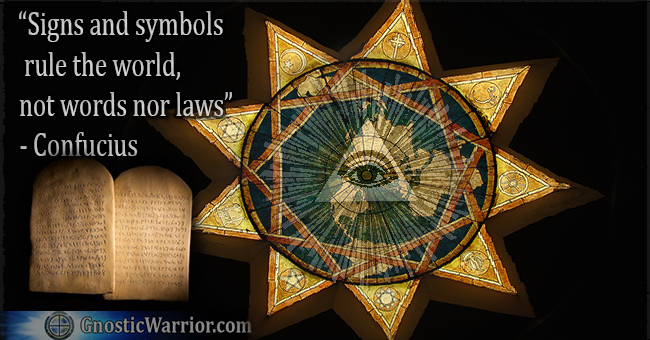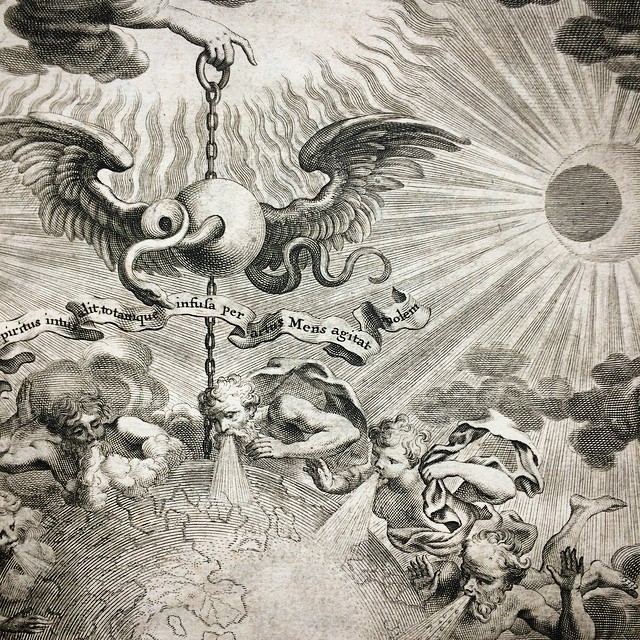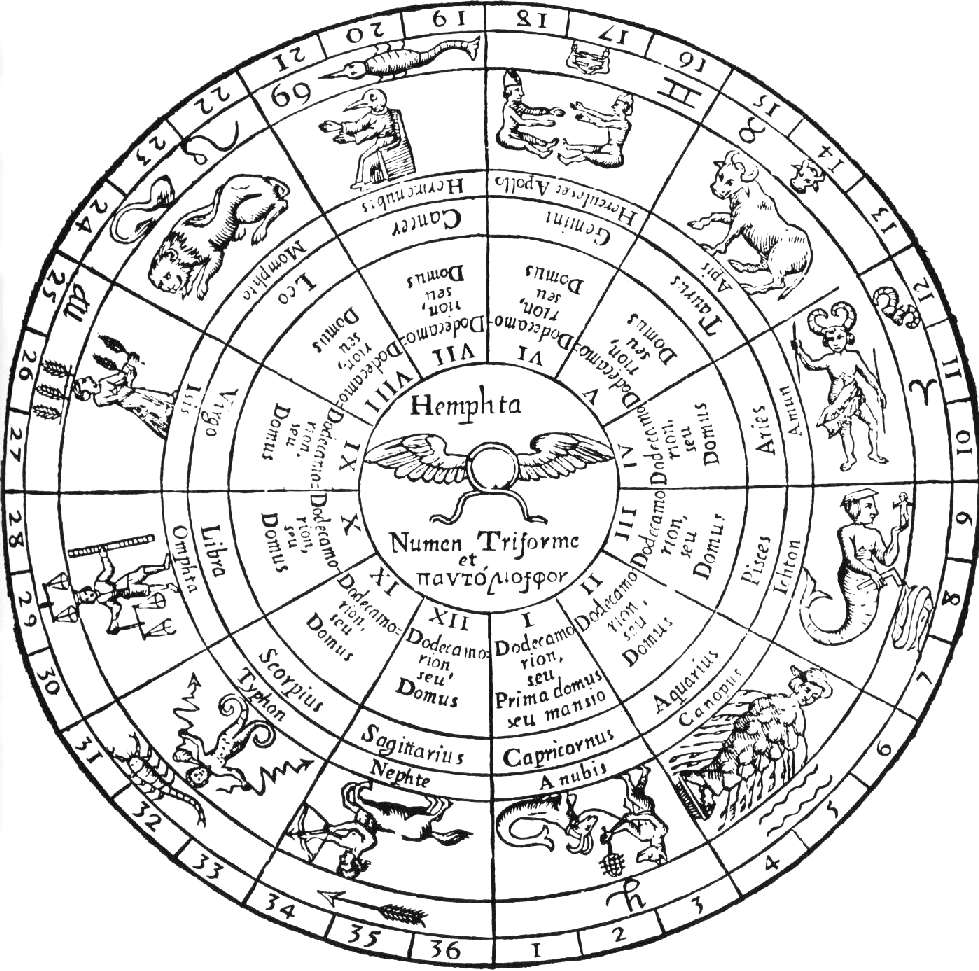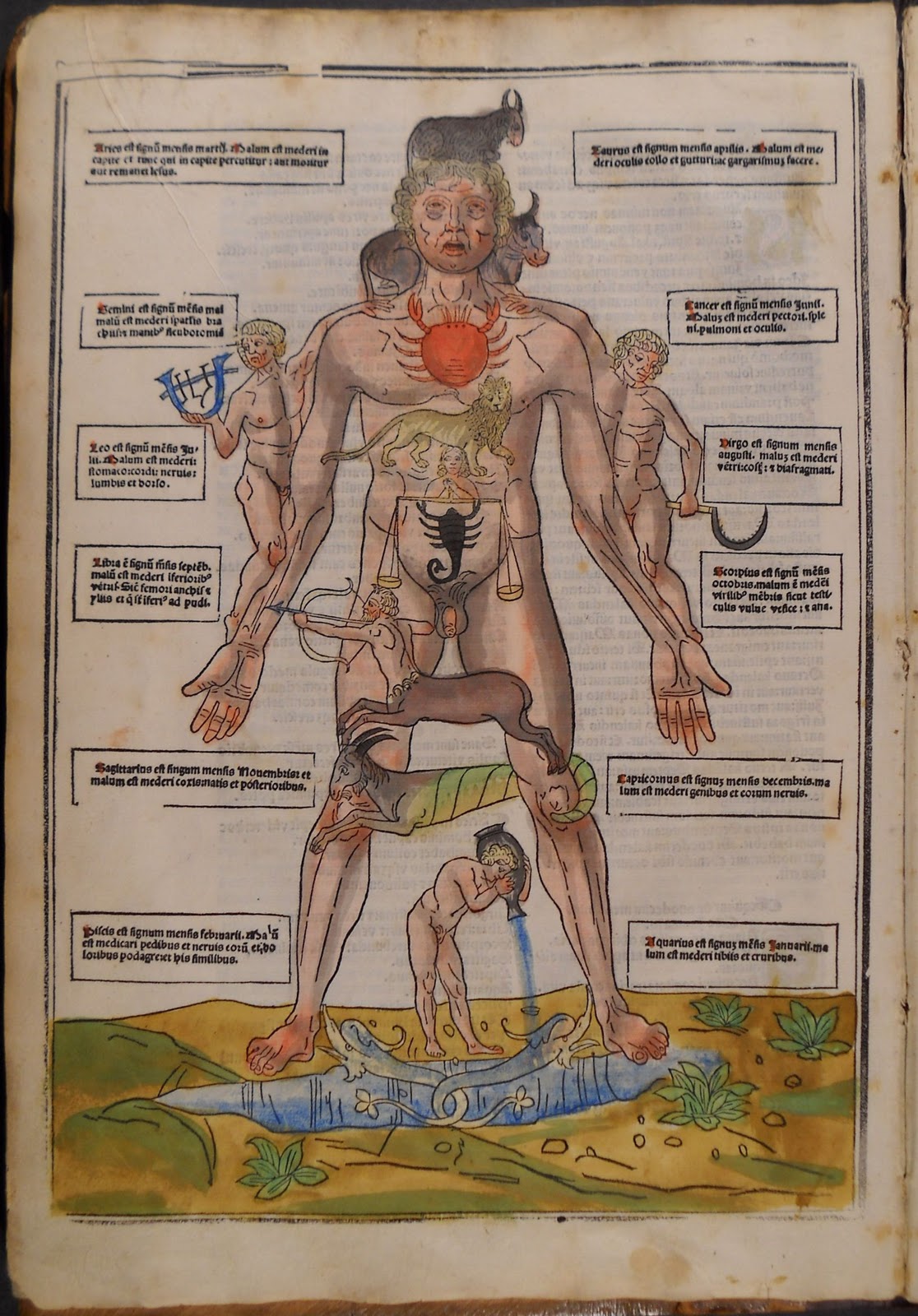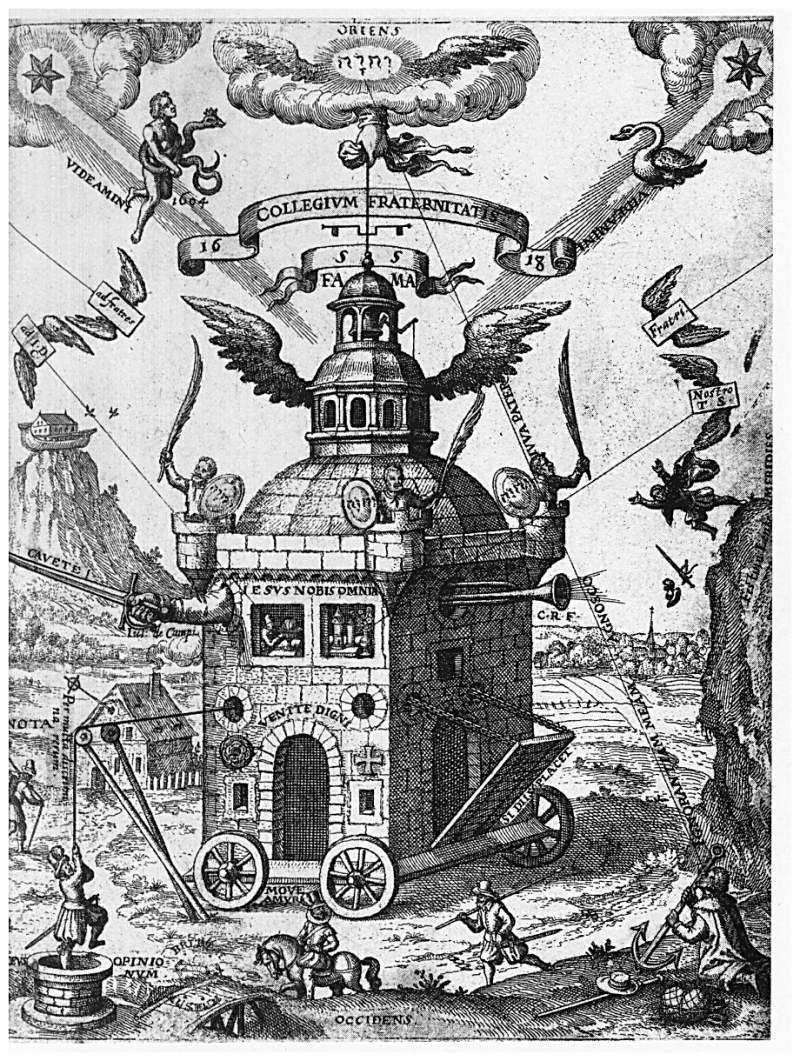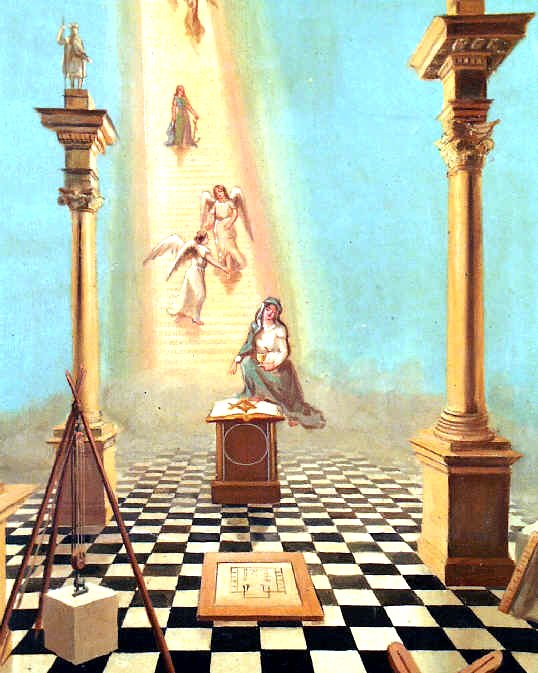Albert Pike describes the reverence which the Persians felt for this sign and the method of astrological symbolism in vogue among them, thus: “In Zoroaster’s cave of initiation, the Sun and Planets were represented, overhead, in gems and gold, as was also the Zodiac. The Sun appeared, emerging from the back of Taurus. ” In the constellation of the Bull are also to be found the “Seven Sisters”–the sacred Pleiades–famous to Freemasonry as the Seven Stars at the upper end of the Sacred Ladder.
In ancient Egypt it was during this period–when the vernal equinox was in the sign of Taurus–that the Bull, Apis, was sacred to the Sun God, who was worshiped through the animal equivalent of the celestial sign which he had impregnated with his presence at the time of its crossing into the Northern Hemisphere. This is the meaning of an ancient saying that the celestial Bull “broke the egg of the year with his horns.”
Sampson Arnold Mackey, in his Mythological Astronomy of the Ancients Demonstrated, makes note of two very interesting points concerning the bull in Egyptian symbolism. Mr. Mackey is of the opinion that the motion of the earth that we know as the alternation of the poles has resulted in a great change of relative position of the equator and the zodiacal band. He believes that originally the band of the zodiac was at right angles to the equator, with the sign of Cancer opposite the north pole and the sign of Capricorn opposite the south pole. It is possible that the Orphic symbol of the serpent twisted around the egg attempts to show the motion of the sun in relation to the earth under such conditions. Mr. Mackey advances the Labyrinth of Crete, the name Abraxas, and the magic formula, abracadabra, among other things, to substantiate his theory. Concerning abracadabra he states:
“But the slow progressive disappearance of the Bull is most happily commemorated in the vanishing series of letters so emphatically expressive of the great astronomical fact. For ABRACADABRA is The Bull, the only Bull. The ancient sentence split into its component parts stands thus: Ab’r-achad-ab’ra, i. e., Ab’r, the Bull; achad, the only, &c.–Achad is one of the names of the Sun, given him in consequence of his Shining ALONE,–he is the ONLY Star to be seen when he is seen–the remaining ab’ra, makes the whole to be, The Bull, the only Bull; while the repetition of the name omitting a letter, till all is gone, is the most simple, yet the most satisfactory method that could have been devised to preserve the memory of the fact; and the name of Sorapis, or Serapis, given to the Bull at the above ceremony puts it beyond all doubt. * * * This word (Abracadabra) disappears in eleven decreasing stages; as in the figure. And what is very remarkable, a body with three heads is folded up by a Serpent with eleven Coils, and placed by Sorapis: and the eleven Volves of the Serpent form a triangle similar to that formed by the ELEVEN diminishing lines of the abracadabra.”
Nearly every religion of the world shows traces of astrological influence. The Old Testament of the Jews, its writings overshadowed by Egyptian culture, is a mass of astrological and astronomical allegories. Nearly all the mythology of Greece and Rome may be traced in star groups. Some writers are of the opinion that the original twenty-two letters of the Hebrew alphabet were derived from groups of stars, and that the starry handwriting on the wall of the heavens referred to words spelt out, with fixed stars for consonants, and the planets, or luminaries, for vowels. These, coming into ever-different combinations, spelt words which, when properly read, foretold future events.
As the zodiacal band marks the pathway of the sun through the constellations, it results in the phenomena of the seasons. The ancient systems of measuring the year were based upon the equinoxes and the solstices. The year always began with the vernal equinox, celebrated March 21 with rejoicing to mark the moment when the sun crossed the equator northward up the zodiacal arc. The summer solstice was celebrated when the sun reached its most northerly position, and the day appointed was June 21. After that time the sun began to descend toward the equator, which it recrossed southbound at the autumnal equinox, September 21. The sun reached its most southerly position at the winter solstice, December 21.

Moe is the founder of GnosticWarrior.com. He is a father, husband, author, martial arts black belt, and an expert in Gnosticism, the occult, and esotericism.

![Of the signs which were shown from Heaven when the mother of that community departed this life [675 A.D.?] | Book 4 | Chapter 9 Of the signs which were shown from Heaven when the mother of that community departed this life [675 A.D.?] | Book 4 | Chapter 9](https://www.gnosticwarrior.com/wp-content/plugins/contextual-related-posts/default.png)
